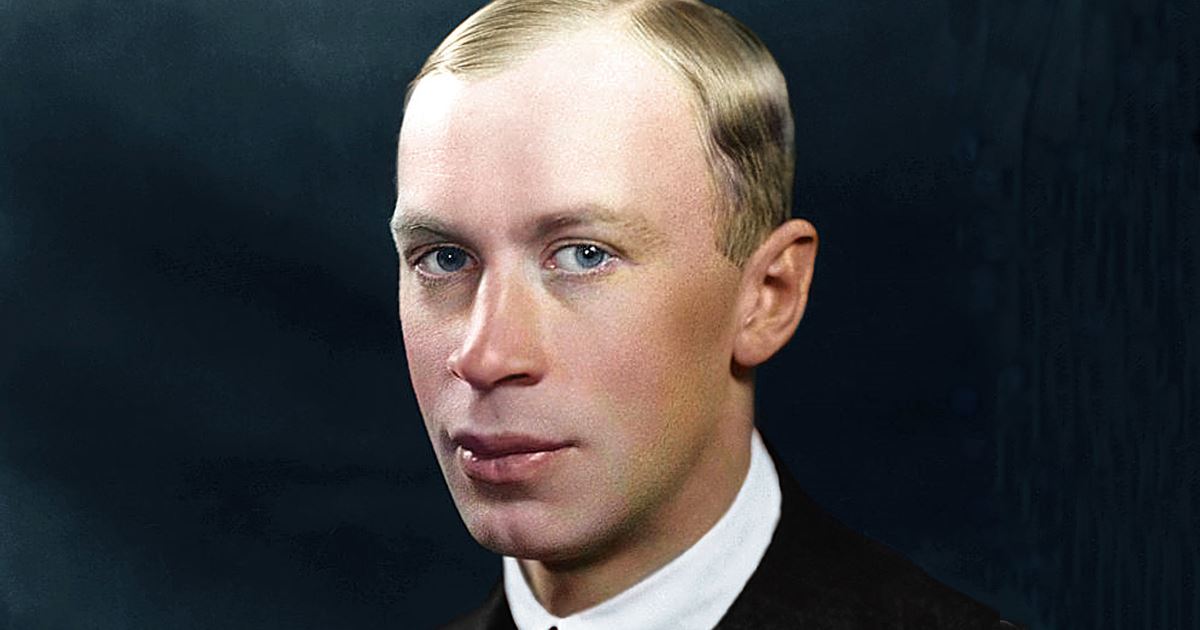
Top 10 Prokofiev Songs
Sergei Prokofiev, a towering figure in 20th-century classical music, is known for his innovative compositions that blend traditional Russian musical elements with modernist techniques. His[…]

Sergei Prokofiev – Biography and History
Sergei Sergeyevich Prokofiev was a titan of 20th-century classical music, renowned for his innovative compositions that bridged the traditional and the avant-garde. Born on April[…]

Fascinating facts about Prokofiev
Sergei Prokofiev was a Russian composer, pianist, and conductor who left an indelible mark on the world of classical music. Here are 10 interesting facts[…]

7 Facts About Prokofiev You Didn’t Know
Sergei Prokofiev was a Russian composer and pianist who left an indelible mark on the world of classical music. Known for his unique style and[…]

Prokofiev – Short Biography
Prokofiev – Short Biography Sergei Sergeyevich Prokofiev (27 April 1891 – 5 March 1953) was a Russian composer, pianist, and conductor who later worked in the[…]

Prokofiev Biography – Music | History
Prokofiev was born in 1891 in Sontsovka a remote rural estate in the Bakhmutsky Uyezd of the Yekaterinoslav Governorate of the Russian Empire. His father,[…]

Prokofiev – Symphony No. 1 (Classical)
Serguei Prokofiev – Symphony No. 1 (Classical) Sergei Prokofiev began work on his Symphony No. 1 in D major (Op. 25) in 1916, but wrote most[…]

The Best of Prokofiev
Sergei Sergeyevich Prokofiev (27 April [O.S. 15 April] 1891 – 5 March 1953) was a Russian Soviet composer, pianist and conductor. As the creator of[…]